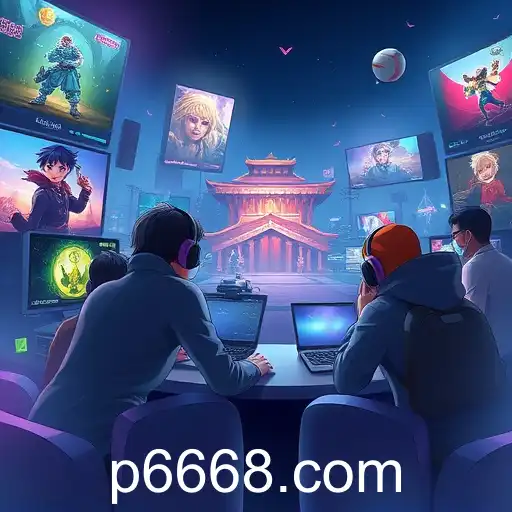
Exploring how digital games like p666 shape online communities and influence social interactions in 2025.
In the fast-paced world of 2025, the rise of digital gaming communities has become a significant social phenomenon. Platforms like p666 have successfully merged gaming with social interaction, creating immersive environments that draw millions of players worldwide. As more people turn to online gaming, it becomes crucial to understand the broader implications these communities have on society.
Games such as p666 are more than just entertainment; they serve as hubs for online communication, where players form alliances, share experiences, and collaborate to achieve common goals. This dynamic has fostered a new form of socialization, especially among younger generations who are increasingly connected to the digital world. The impact of this shift becomes evident when examining the changing landscape of friendships and relationships, which are now often formed and maintained in these virtual spaces.
One of the fascinating aspects of digital gaming communities is their ability to transcend geographical boundaries. Players interact with others from different cultures and backgrounds, leading to a more diverse and inclusive online community. This global connectivity not only broadens players' perspectives but also enhances their ability to collaborate and understand different viewpoints.
However, the rapid growth of gaming communities raises questions about digital addiction and the potential negative effects of excessive screen time. Parents and educators express concerns over the balance between virtual and real-life interactions, advocating for strategies to ensure healthy gaming habits among youth. As technology advances, the challenge will be to harness the positive potential of games while mitigating their drawbacks.
Ultimately, the evolution of games like p666 illustrates the transformative power of technology in shaping social dynamics. As we move further into the digital age, the role of gaming communities in influencing communication and relationships will continue to expand, offering both opportunities and challenges for future generations.




